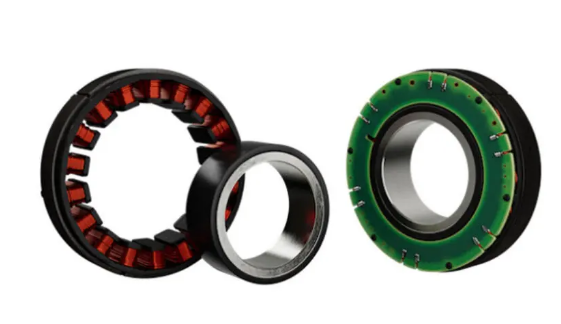Welcome to Sino Bearings web
24x7 HOTLINE:+86-28-81454188

 NEWS
NEWS
Kollmorgen has introduced the new TBM2G series of frameless servo motors, introducing features that simplify the design of collaborative, surgical, aerospace and defense and other robots while delivering optimal performance in a lighter, more compact package. These new motors will complement Kollmorgen’s existing TBM and KBM series of frameless motors.
Resulting from several years of research, testing and customer feedback, the TBM2G series offers high-performance torque in an extremely compact electromagnetics package. These next-generation motors enable robots with lower joint weight, higher load-carrying capacity, improved energy efficiency, lower thermal rise, and faster, smoother movements.
Frameless torque motors typically deliver their best performance at low speeds but suffer at higher speeds. TBM2G motors remove this limitation through advanced windings and materials that deliver industry-leading power, torque and efficiency consistently across a wide speed range.
TBM2G motors also remove the sizing limitation that engineers often face when using off-the-shelf strain wave gearing, also known in the robotics market as harmonic gearing. The new TBM2G series motors are sized for a perfect fit with readily available strain wave systems, eliminating the need for extensive customizations that can increase engineering time and cost while potentially leading to supply and quality issues when robots enter full production.
The TBM2G series is available in seven frame sizes with three stack lengths each — a total of 21 standard motors that can be integrated directly into robotic joints and similar embedded equipment. Typical applications are collaborative robots in the 3 to 15 kg range, powered at 48 Vdc and below. These motors are designed to perform at high speeds without exceeding the 80° C limit typically needed to safeguard humans working in proximity to cobots and to prevent degradation of grease and electronic components. And they’re available with thermal sensor options to meet the requirements of drives and control systems used in the cobot market.